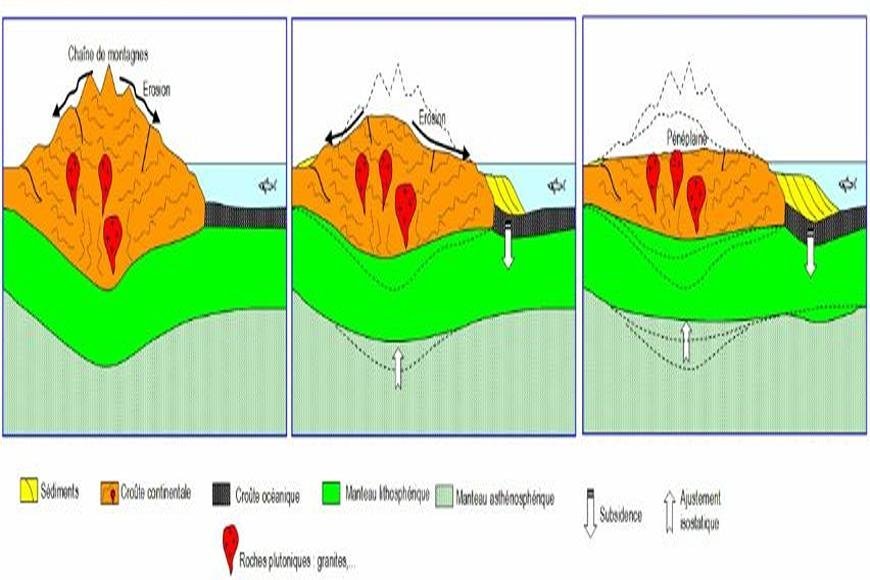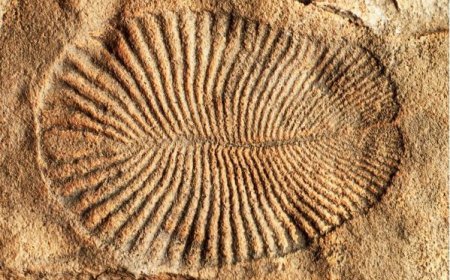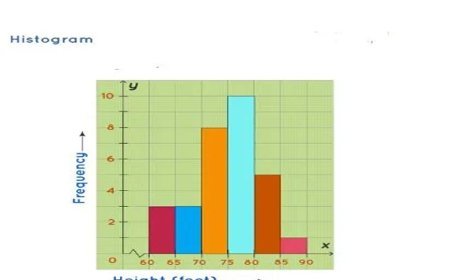CONCEPT OF PENEPLAIN
Once Mountains, Now Plains: Peneplains - Earth's Surface Worn Smooth by Time.

THE ROLE OF A PENEPLAIN
- A peneplain, or "nearly plain, is a low-lying landform characterized by rivers and streams.
- Peneplains are gently sloping, featureless plains that contrast with the dramatic peaks and valleys of younger landscapes.
- Think of them as nature's version of a flawlessly leveled table.
FORMATION OF PENEPLAINS
- The voyage of a peneplain begins with high-relief topography, such as mountains or plateaus.
- For millions of years, rivers and streams have worked their magic.
- By carrying stones and sediments downstream, they deteriorate the ground.
- As the earth loses weight, mountains recede, valleys fill, and the entire landscape smooths.
- Consider a sculptor progressively chipping away at a rough block of stone to expose the smooth shape that lies beneath.
- Rivers do this when they build peneplains.
Base Level
- Erosion has a finite amount of power.
- The rivers ultimately reach "base level," which is generally sea level, and are unable to remove degraded material.
- A substantial slowdown in erosion has occurred at this stage, and the peneplain is beginning to form.
Peneplains are divided into the following categories:
- Not all peneplains are created equal! They are available in a number of flavors, each with its own backstory.
Epigene Peneplain
- The most prevalent type of peneplain, entirely created by erosion and never buried beneath newer strata.
- Consider it an old, exposed painting showing the artistry of nature's erosion.
Exhumed Peneplain
- An ancient peneplain might be concealed under newer rocks.
- When these rocks erode, the peneplain, like a hidden treasure, is excavated.
Partial Peneplain
- Erosion does not always accomplish its goal.
- Other geological processes, such as tectonic uplift, might disturb the process, leaving behind a partially formed peneplain and a glimpse of "what could have been.
THE PENEPLAINS CONCEPT
- A peneplain's significance in geomorphology extends beyond its physical manifestation.
- They are a point of equilibrium between erosion and uplift.
- When erosion predominates, peneplains develop.
- However, if uplift takes control, the soil rises again, and the peneplain becomes a blank canvas on which new landscapes might be created.
- Studying peneplains is like reading a geological autobiography.
- They provide data on past temperatures, tectonic activity, and even the history of life on Earth.
- These quiet giants express old truths, reminding us of the enormous force and patience of nature.
- Keep the peneplains in mind the next time you encounter a deceptively level landscape.
- These ancient works of art are more than just landforms; they bear witness to the relentless forces that create our planet.
What's Your Reaction?



































